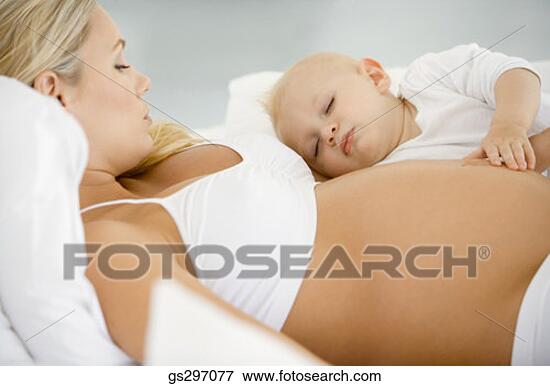
|
 |
|
| ||||||||||||||||||||||
|
| ||||||||||||||||||||||
|
| ||||||||||||||||||||||
 | ||||||||||||||||||||||
|
| ||||||||||||||||||||||
| ||||||||||||||||||||||
|
| ||||||||||||||||||||||
|
Delayed acquisition of neonatal reflexes in newborn primates receiving a thimerosal-containing Hepatitis B vaccine: Influence of gestational age and birth weight
Received 16 June 2009;accepted 17 September 2009.Available online 2 October 2009.Abstract
This study examined whether acquisition of neonatal reflexes and sensorimotor skills in newborn rhesus macaques (Macaca mulatta) is influenced by receipt of the single neonatal dose of Hepatitis B (HB) vaccine containing the preservative thimerosal (Th). HB vaccine containing a standardized weight-adjusted Th dose was administered to male macaques within 24 h of birth (n = 13). Unexposed animals received saline placebo (n = 4) or no injection (n = 3). Infants were raised identically and tested daily for acquisition of 9 survival, motor, and sensorimotor reflexes by a blinded observer. In exposed animals there was a significant delay in the acquisition of three survival reflexes: root, snout and suck, compared with unexposed animals. No neonatal responses were significantly delayed in unexposed animals compared with exposed. Gestational age (GA) and birth weight were not significantly correlated. Cox regression models were used to evaluate the main effects and interactions of exposure with birth weight and GA as independent predictors and time-invariant covariates. Significant main effects remained for exposure on root and suck when controlling for GA and birth weight such that exposed animals were relatively delayed in time-to-criterion. There was a significant effect of GA on visual follow far when controlling for exposure such that increasing GA was associated with shorter time-to-criterion. Interaction models indicated that while there were no main effects of GA or birth weight on root, suck or snout reflexes there were various interactions between exposure, GA, and birth weight such that inclusion of the relevant interaction terms significantly improved model fit. This, in turn, indicated important influences of birth weight and/or GA on the effect of exposure which, in general, operated in a way that lower birth weight and/or lower GA exacerbated the detrimental effect of vaccine exposure. This primate model provides a possible means of assessing adverse neurodevelopmental outcomes from neonatal Th-containing HB vaccine exposure, particularly in infants of lower GA or low birth weight. The mechanism of these effects and the requirements for Th is not known and requires further study.
Keywords: Macaca mulatta; Animal model; Hepatitis B vaccine; Ethyl mercury; Thimerosal; Neurodevelopment; Neurotoxicity
Article Outline
- 1. Introduction
- 2. Materials and methods
- 2.1. Animal assurances
- 2.2. Subjects
- 2.3. Housing
- 2.4. Study design
- 2.5. Vaccine source, preparation and dosing
- 2.6. Neurodevelopmental testing
- 2.7. Statistical analyses
- 3. Results
- 3.1. Infant health
- 3.2. Neonatal development
- 3.3. Modeling time-to-criterion: main effects models
- 3.3.1. Exposure and gestational age (GA)
- 3.3.2. Exposure and birth weight
- 3.3.3. Modeling all three variables as main effects
- 3.4. Modeling time-to-criterion: interaction models
- 4. Discussion
- 5. Conclusions
- Conflict of interest statement
- Acknowledgements
- References
Corresponding author at: Magee-Women's Research Institute and Foundation, University of Pittsburgh School of Medicine, 204 Craft Avenue, Pittsburgh, PA 15213, United States. Tel.: +1 412 641 2490; fax: +1 412 641 2410.
|
|
Clear and concise news analysis
on the H1N1 swine flu pandemic
influenzamonitor.com
NeuroToxicology
Article in Press, Corrected Proof - Note to users












Nincsenek megjegyzések:
Megjegyzés küldése